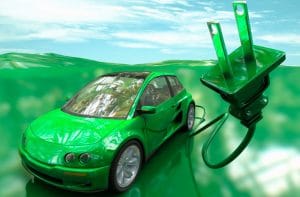The Indian electric vehicles (EV) market poses formidable challenges for policymakers, according to consulting firm Bridge to India.

This comes in the backdrop of the National Democratic Alliance (NDA) government’s ambitious plan for an all-EV fleet by 2030, even as the sales numbers have not been picking up to help reach the Centre’s target of 6 million EV sales by 2020.
EV sales in India grew by 37.5 percent to 22,000 units in the year ended 31 March 2016, according to industry lobby group Society of Manufacturers of Electric Vehicles. Of these, only 2,000 units were four-wheelers.
The Bridge to India note also compared the EV markets of India and China.
The Indian government has been trying to push sales of EVs. The Centre is exploring measures ranging from leasing of EVs to transferring technology to firms for commercial production of lithium-ion batteries developed by the Vikram Sarabhai Space Centre for use in automobiles. It is also exploring a strategy that involves reducing the battery size to bring down EV prices.
Power Minister, Piyush Goyal has stated that the growth of solar power and EVs in India are inextricably linked, given that EVs have batteries that can offer a storage solution to the country’s clean energy push. As solar power generated during the day needs to be stored in batteries, the storage capability of EV batteries could help with grid balancing.
India plans to achieve 175 GW of renewable energy capacity by 2022. Of this, 100GW is set to come from solar projects.
Shifting to EVs will also check pollution and fuel imports. India, the biggest emitter of greenhouse gases after the US and China, plans to reduce its carbon footprint by 33-35 percent from its 2005 levels by 2030, as part of its commitments to the United Nations Framework Convention on Climate Change adopted by 195 countries in Paris in 2015.
By Baishakhi Dutta




























